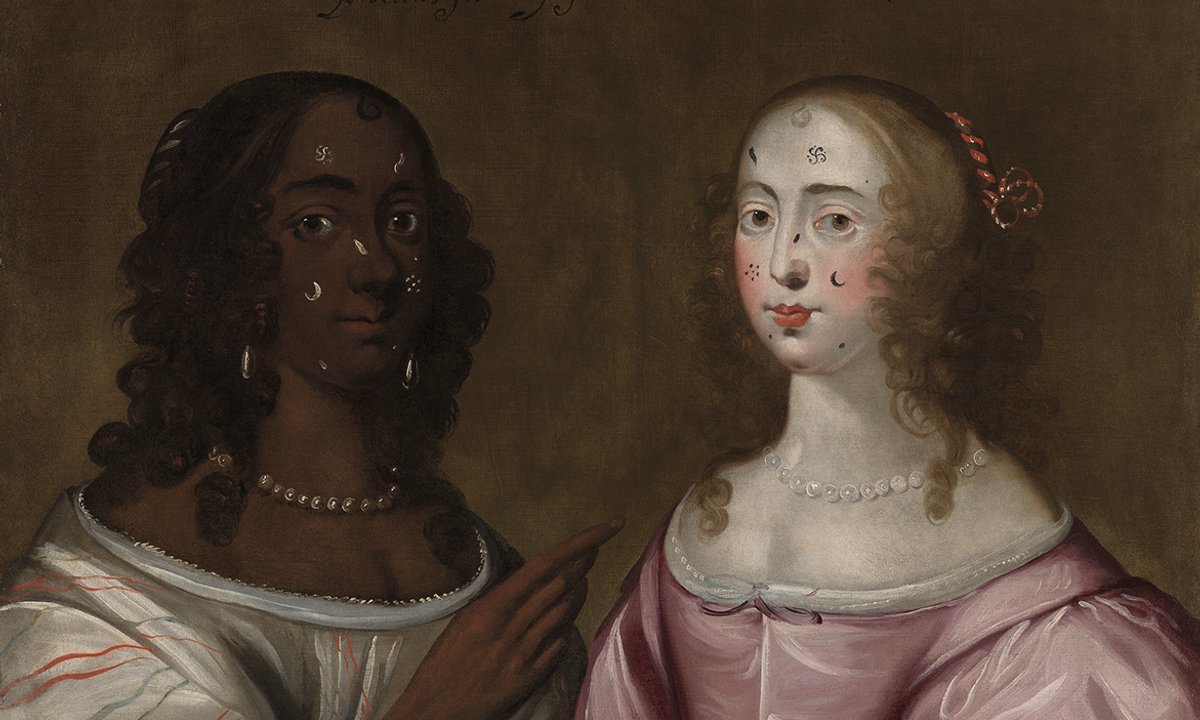
"Renaissance Skin is the latest publication by Evelyn Welch, the vice chancellor and professor of Renaissance studies at the University of Bristol. The book is the product of a five-year project funded by the Wellcome Institute, which enabled Welch to assemble a team of scholars who contribute to a wide-ranging survey of "skin cultures, animal and human relations, the history of dermatology, the trade in enslaved people, skin markings, paper and parchment technologies, cosmetics and recipe books" in Europe around 1500-1700."
"Lavishly illustrated throughout, the book's three parts explore different aspects of pre-modern scientific understanding, as well as individual experiences of skin, whether human, animal or plant in origin. As a methodological approach, Welch adapts art historian Michael Baxandall's well-known concept of the "period eye" into the "period body", to "rethink how people in the past understood their own bodies and those of others"."
"Put simply, in this period skin was viewed as a porous container that held the organs together, composed from "internal vapours" that rose to the surface of the body where they congealed into two layers: the "true skin" below, covered by the outer "scarf skin". Various substances ("excrements"), such as sweat, hair and tears, escaped through these layers, along with noxious vapours generated by diseases inside the body. These poisonous airs might also cause infection by passing in through the skin's pores."
A five-year Wellcome-funded project gathered scholars to survey skin cultures and related practices across Europe circa 1500–1700. The survey addresses animal-human relations, histories of dermatology, the trade in enslaved people, skin markings, paper and parchment technologies, cosmetics, and recipe books. Three parts examine pre-modern scientific understandings and lived experiences of human, animal, and plant skins. The "period body" methodological lens adapts the "period eye" to interpret past bodily self-understanding. Diverse evidence includes medical texts, paintings, prints, poetry, and experimental recreations such as sausage-making, butchery, and parchment and leather manufacture. Early-modern medical theory conceived skin as porous, layered, and a conduit for internal vapours and noxious airs.
Read at The Art Newspaper - International art news and events
Unable to calculate read time
Collection
[
|
...
]